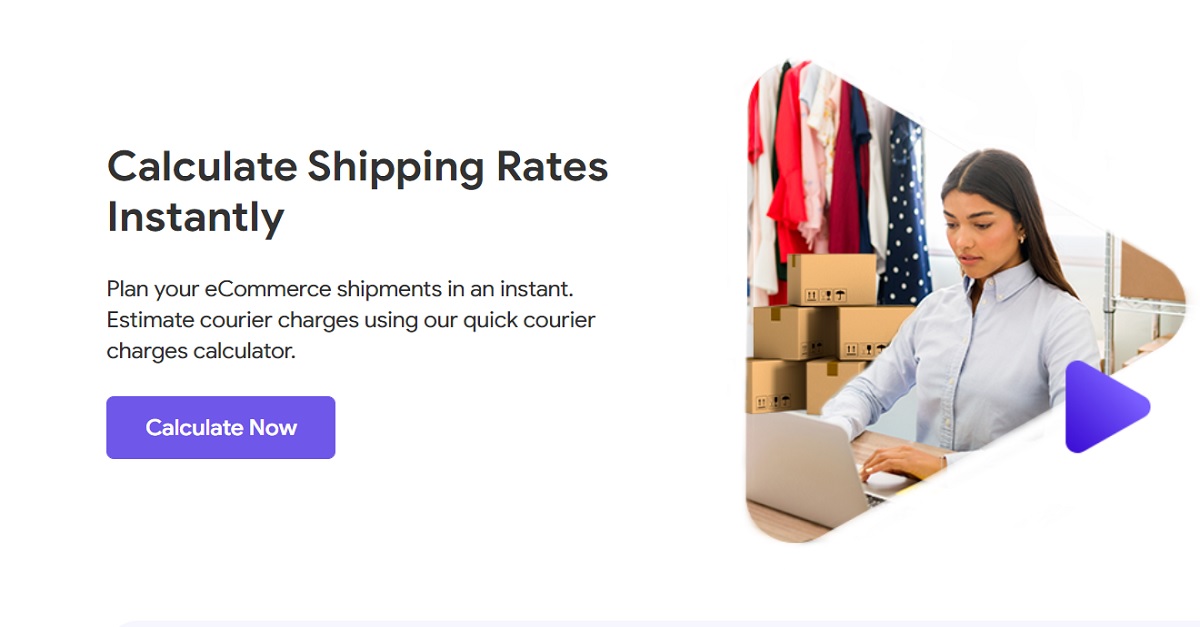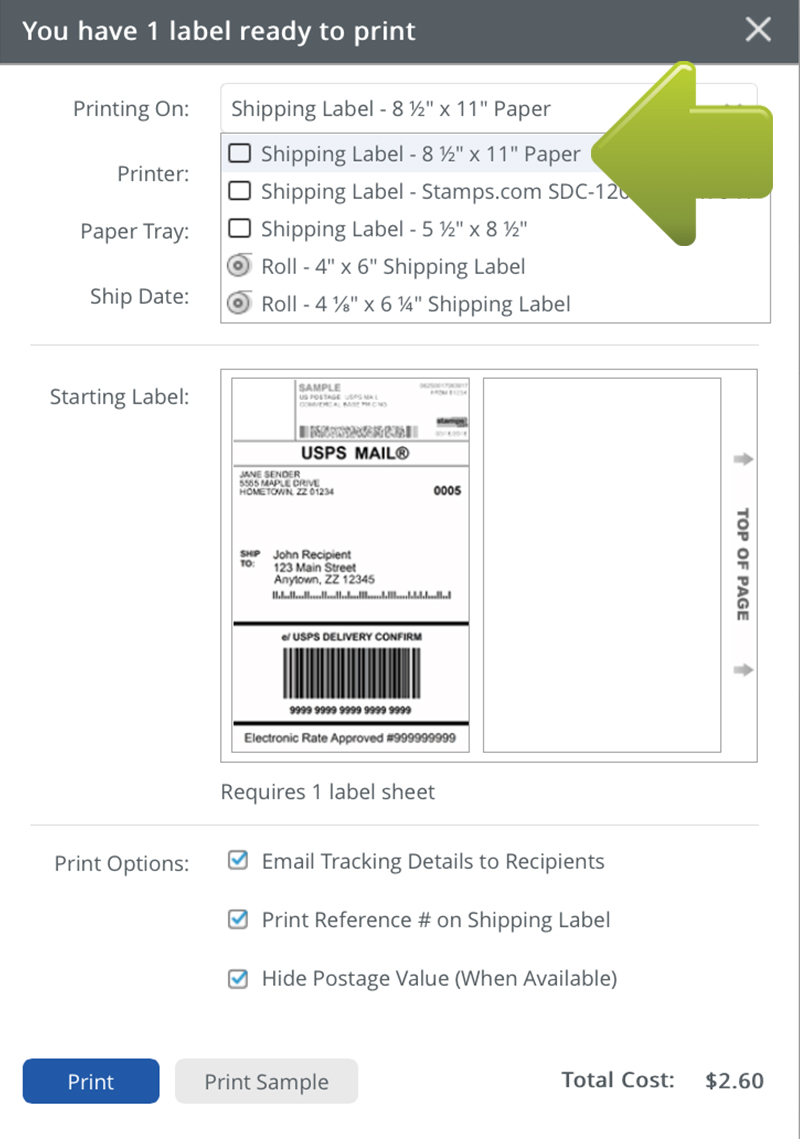Understanding Marketplace Shipping Options
When it comes to shipping on marketplaces, understanding the various options available is crucial for success. Whether you’re selling on Amazon, eBay, or Etsy, knowing the ins and outs of shipping can help you save time, reduce costs, and improve customer satisfaction. In this section, we’ll delve into the different shipping options available on popular marketplaces, including carrier options, shipping speeds, and estimated delivery times.
Marketplaces like Amazon and eBay offer a range of shipping options, from standard ground shipping to expedited and express shipping. Each option has its own set of benefits and drawbacks, and choosing the right one depends on your business needs and customer expectations. For example, Amazon’s Fulfillment by Amazon (FBA) program offers fast and reliable shipping, but it requires sellers to store their inventory in Amazon’s warehouses.
Shipping carriers like USPS, UPS, and FedEx also offer a range of services, including ground, air, and freight shipping. Each carrier has its own strengths and weaknesses, and choosing the right one depends on the size and weight of your packages, as well as your budget. For instance, USPS is often the most cost-effective option for small packages, while UPS and FedEx may be better suited for larger or heavier packages.
In addition to carrier options, marketplaces also offer various shipping speeds, including standard, expedited, and express shipping. Standard shipping typically takes 3-7 business days, while expedited shipping takes 2-3 business days, and express shipping takes 1-2 business days. Estimated delivery times are also important to consider, as they can impact customer satisfaction and loyalty.
By understanding the different shipping options available on marketplaces, you can make informed decisions about your shipping strategy and improve your overall customer experience. In the next section, we’ll explore how to set up your marketplace shipping settings to ensure smooth and efficient shipping operations.
Setting Up Your Marketplace Shipping Settings
To ensure smooth and efficient shipping operations, it’s essential to set up your marketplace shipping settings correctly. In this section, we’ll provide a step-by-step walkthrough on how to set up shipping settings on popular marketplaces like Amazon, eBay, and Etsy.
First, log in to your marketplace account and navigate to the shipping settings section. This is usually found in the seller dashboard or account settings. Once you’re in the shipping settings section, you’ll need to add your shipping carriers. This typically involves selecting the carriers you want to use, such as USPS, UPS, or FedEx, and entering your account information.
Next, you’ll need to set your shipping rates. This can be done by entering your package weights and dimensions, as well as the shipping speeds you offer. Most marketplaces allow you to set up multiple shipping options, so you can offer your customers a range of choices. For example, you might offer standard shipping, expedited shipping, and express shipping.
In addition to setting shipping rates, you’ll also need to configure your shipping preferences. This might include setting up shipping rules, such as free shipping on orders over a certain amount, or shipping discounts for repeat customers. You might also need to set up shipping restrictions, such as prohibiting shipping to certain countries or regions.
Once you’ve set up your shipping settings, it’s essential to test them to ensure they’re working correctly. You can do this by creating a test order and verifying that the shipping options and rates are displayed correctly. By following these steps, you can ensure that your marketplace shipping settings are set up correctly and that you’re providing your customers with accurate and reliable shipping options.
By mastering the art of setting up your marketplace shipping settings, you can improve your shipping efficiency, reduce errors, and increase customer satisfaction. In the next section, we’ll explore the importance of accurate shipping cost calculations and provide tips on how to estimate shipping costs.
Calculating Shipping Costs and Estimates
Accurate shipping cost calculations are crucial for any business that sells on marketplaces. Incorrect calculations can lead to lost profits, delayed shipments, and dissatisfied customers. In this section, we’ll discuss the importance of accurate shipping cost calculations and provide tips on how to estimate shipping costs.
When calculating shipping costs, there are several factors to consider, including package weight, dimensions, and destination. The weight and dimensions of the package will affect the shipping cost, as heavier and larger packages require more fuel and handling. The destination of the package will also impact the shipping cost, as shipping to rural areas or internationally can be more expensive.
To estimate shipping costs, you can use online shipping calculators or consult with shipping carriers directly. Many marketplaces, such as Amazon and eBay, also provide shipping cost estimates based on the package details and destination. However, it’s essential to note that these estimates may not always be accurate, and you should verify the costs with the shipping carrier before shipping.
Another factor to consider when calculating shipping costs is the shipping speed. Faster shipping speeds, such as expedited or express shipping, will typically cost more than standard shipping. However, offering faster shipping options can improve customer satisfaction and increase sales.
When shipping on marketplaces, it’s also essential to consider the cost of packaging materials, such as boxes, bubble wrap, and tape. These costs can add up quickly, and you should factor them into your shipping cost calculations.
By accurately calculating shipping costs and estimates, you can ensure that you’re charging your customers the correct amount for shipping and avoiding lost profits. In the next section, we’ll explore the different shipping carriers available and how to choose the right one for your business.
Choosing the Right Shipping Carrier
When it comes to shipping on marketplaces, choosing the right shipping carrier is crucial for ensuring timely and cost-effective delivery of your products. In this section, we’ll compare and contrast popular shipping carriers such as USPS, UPS, and FedEx, including their strengths, weaknesses, and pricing structures.
USPS (United States Postal Service) is a popular choice for shipping on marketplaces, particularly for smaller packages and lighter weights. USPS offers a range of services, including First Class Package Service, Priority Mail, and Priority Mail Express. USPS is often the most cost-effective option for shipping smaller packages, but it may not be the best choice for larger or heavier packages.
UPS (United Parcel Service) is another popular shipping carrier that offers a range of services, including UPS Ground, UPS 3-Day Select, and UPS Next Day Air. UPS is known for its reliability and fast delivery times, but it can be more expensive than USPS for smaller packages.
FedEx is a premium shipping carrier that offers fast and reliable delivery services, including FedEx Ground, FedEx Express, and FedEx Freight. FedEx is often the best choice for larger or heavier packages, as well as for time-sensitive shipments.
When choosing a shipping carrier, it’s essential to consider factors such as package weight, dimensions, and destination. You should also consider the level of service you need, including tracking and insurance options. By choosing the right shipping carrier, you can ensure that your products are delivered quickly and cost-effectively, which can help to improve customer satisfaction and increase sales.
In addition to considering the strengths and weaknesses of each shipping carrier, you should also compare their pricing structures. Each carrier has its own pricing structure, which can vary depending on the package weight, dimensions, and destination. By comparing prices and services, you can choose the best shipping carrier for your business needs.
Printing Shipping Labels and Managing Orders
Once you’ve set up your shipping settings and chosen a shipping carrier, it’s time to start printing shipping labels and managing orders. In this section, we’ll explain how to print shipping labels and manage orders on marketplaces, including how to handle multiple orders, track packages, and resolve shipping issues.
Printing shipping labels is a straightforward process that can be done directly from your marketplace account. Most marketplaces, including Amazon, eBay, and Etsy, offer a shipping label printing feature that allows you to print labels for your orders. To print a shipping label, simply navigate to the order details page, click on the “Print Shipping Label” button, and follow the prompts to print the label.
Managing orders on marketplaces involves tracking packages, handling multiple orders, and resolving shipping issues. To track packages, you can use the tracking number provided by the shipping carrier. Most marketplaces also offer a tracking feature that allows you to track packages directly from your account.
Handling multiple orders can be challenging, especially during peak shipping seasons. To manage multiple orders, consider using a shipping software that allows you to print shipping labels in bulk and track packages in real-time. You can also use a fulfillment service that handles order packaging and shipping for you.
Resolving shipping issues is also an important part of managing orders on marketplaces. If a package is lost or damaged during shipping, you’ll need to resolve the issue with the customer and the shipping carrier. To resolve shipping issues, consider using a shipping insurance service that protects you against losses and damages.
By following these tips and best practices, you can efficiently print shipping labels and manage orders on marketplaces. In the next section, we’ll discuss how to optimize your shipping strategy for success, including how to reduce shipping costs, improve delivery times, and increase customer satisfaction.
Optimizing Your Shipping Strategy for Success
Optimizing shipping strategies is crucial for businesses selling on marketplaces to reduce costs, improve delivery times, and increase customer satisfaction. To achieve this, it’s essential to understand how to ship on marketplace platforms effectively. Here are some tips to help optimize shipping strategies:
1. Analyze Shipping Data: Review shipping data to identify trends, patterns, and areas for improvement. This includes tracking shipping costs, delivery times, and customer feedback. By analyzing this data, businesses can make informed decisions to optimize their shipping strategies.
2. Offer Free Shipping: Offering free shipping can be an effective way to increase sales and improve customer satisfaction. However, it’s essential to factor in the costs of free shipping and adjust pricing strategies accordingly. Businesses can also offer free shipping on orders above a certain amount or on specific products.
3. Use Shipping Carriers’ Services: Shipping carriers such as USPS, UPS, and FedEx offer various services that can help businesses optimize their shipping strategies. For example, USPS offers a service called “Regional Rate Boxes” that can help reduce shipping costs for businesses that ship large volumes of packages.
4. Implement a Shipping Rate Calculator: A shipping rate calculator can help businesses provide accurate shipping estimates to customers. This can be especially useful for businesses that sell products with varying weights and dimensions.
5. Use Automated Shipping Software: Automated shipping software can help businesses streamline their shipping processes, reduce errors, and improve delivery times. This software can also help businesses track packages, print shipping labels, and manage orders.
6. Provide Real-Time Tracking Updates: Providing real-time tracking updates can help improve customer satisfaction and reduce support queries. Businesses can use shipping carriers’ tracking services or third-party software to provide real-time tracking updates.
7. Offer Flexible Shipping Options: Offering flexible shipping options can help businesses improve customer satisfaction and increase sales. This includes offering expedited shipping, standard shipping, and economy shipping options.
By implementing these strategies, businesses can optimize their shipping strategies, reduce costs, and improve customer satisfaction. It’s essential to regularly review and adjust shipping strategies to ensure they remain effective and efficient. By doing so, businesses can stay competitive in the marketplace and improve their bottom line.
Common Shipping Mistakes to Avoid
When it comes to shipping on marketplaces, there are several common mistakes that can lead to delays, lost packages, and dissatisfied customers. To avoid these issues and ensure a smooth shipping experience, it’s essential to be aware of these common mistakes and take steps to prevent them.
1. Incorrect Address Labeling: One of the most common shipping mistakes is incorrect address labeling. This can lead to packages being delivered to the wrong address, resulting in delays and lost packages. To avoid this, double-check the shipping address and ensure that it matches the customer’s address on file.
2. Insufficient Packaging: Insufficient packaging can lead to damaged packages and lost products. To avoid this, use sturdy packaging materials, such as bubble wrap and foam inserts, to protect fragile items. Also, ensure that packages are sealed properly to prevent contents from shifting during transit.
3. Failure to Track Packages: Failing to track packages can lead to lost packages and delayed delivery. To avoid this, use tracking numbers provided by shipping carriers to monitor package delivery. This will also help to identify any issues with package delivery and enable prompt resolution.
4. Inaccurate Shipping Estimates: Inaccurate shipping estimates can lead to delayed delivery and dissatisfied customers. To avoid this, use shipping carriers’ estimated delivery times and adjust for any potential delays. Also, provide customers with accurate shipping estimates and updates on package delivery.
5. Not Providing Clear Shipping Policies: Not providing clear shipping policies can lead to customer confusion and dissatisfaction. To avoid this, clearly outline shipping policies, including estimated delivery times, shipping rates, and handling procedures, on the marketplace listing and website.
6. Not Handling Shipping Issues Promptly: Failing to handle shipping issues promptly can lead to dissatisfied customers and negative reviews. To avoid this, respond promptly to customer inquiries and resolve shipping issues quickly. Also, provide customers with updates on package delivery and any issues that may arise.
7. Not Using Shipping Carriers’ Services Effectively: Not using shipping carriers’ services effectively can lead to delayed delivery and increased shipping costs. To avoid this, use shipping carriers’ services, such as tracking and insurance, to ensure prompt and secure delivery.
By being aware of these common shipping mistakes and taking steps to prevent them, businesses can ensure a smooth shipping experience and improve customer satisfaction. This will also help to reduce shipping errors and costs, and improve overall business efficiency.
Scaling Your Shipping Operations for Growth
As a business grows, its shipping operations must also scale to meet increasing demand. Scaling shipping operations can be a complex process, but with the right strategies and tools, businesses can efficiently manage their shipping operations and continue to grow. Here are some tips on how to scale shipping operations for growth:
1. Automate Shipping Processes: Automating shipping processes can help businesses streamline their shipping operations and reduce manual errors. This can be achieved by using shipping software that integrates with marketplaces and shipping carriers, allowing businesses to print shipping labels, track packages, and manage orders in one place.
2. Outsource Fulfillment: Outsourcing fulfillment can help businesses scale their shipping operations quickly and efficiently. This involves partnering with a third-party logistics provider that can handle storage, packaging, and shipping of products. By outsourcing fulfillment, businesses can focus on other areas of their operations and reduce shipping costs.
3. Negotiate with Carriers: Negotiating with carriers can help businesses reduce shipping costs and improve delivery times. This involves working with carriers to negotiate rates, services, and delivery times that meet the business’s needs. By negotiating with carriers, businesses can improve their shipping operations and reduce costs.
4. Implement a Warehouse Management System: Implementing a warehouse management system can help businesses manage their inventory and shipping operations more efficiently. This involves using software that tracks inventory levels, manages orders, and optimizes warehouse operations. By implementing a warehouse management system, businesses can improve their shipping operations and reduce costs.
5. Use Data Analytics: Using data analytics can help businesses optimize their shipping operations and reduce costs. This involves analyzing data on shipping costs, delivery times, and customer satisfaction to identify areas for improvement. By using data analytics, businesses can make informed decisions about their shipping operations and improve their overall efficiency.
6. Invest in Shipping Technology: Investing in shipping technology can help businesses streamline their shipping operations and reduce costs. This involves using technology such as shipping software, barcode scanners, and automated packaging machines to improve efficiency and reduce manual errors. By investing in shipping technology, businesses can improve their shipping operations and reduce costs.
7. Develop a Shipping Strategy: Developing a shipping strategy can help businesses optimize their shipping operations and reduce costs. This involves identifying shipping goals, analyzing shipping data, and developing a plan to achieve shipping goals. By developing a shipping strategy, businesses can improve their shipping operations and reduce costs.
By following these tips, businesses can scale their shipping operations for growth and improve their overall efficiency. Remember to always keep the customer in mind and focus on providing excellent customer service throughout the shipping process.








